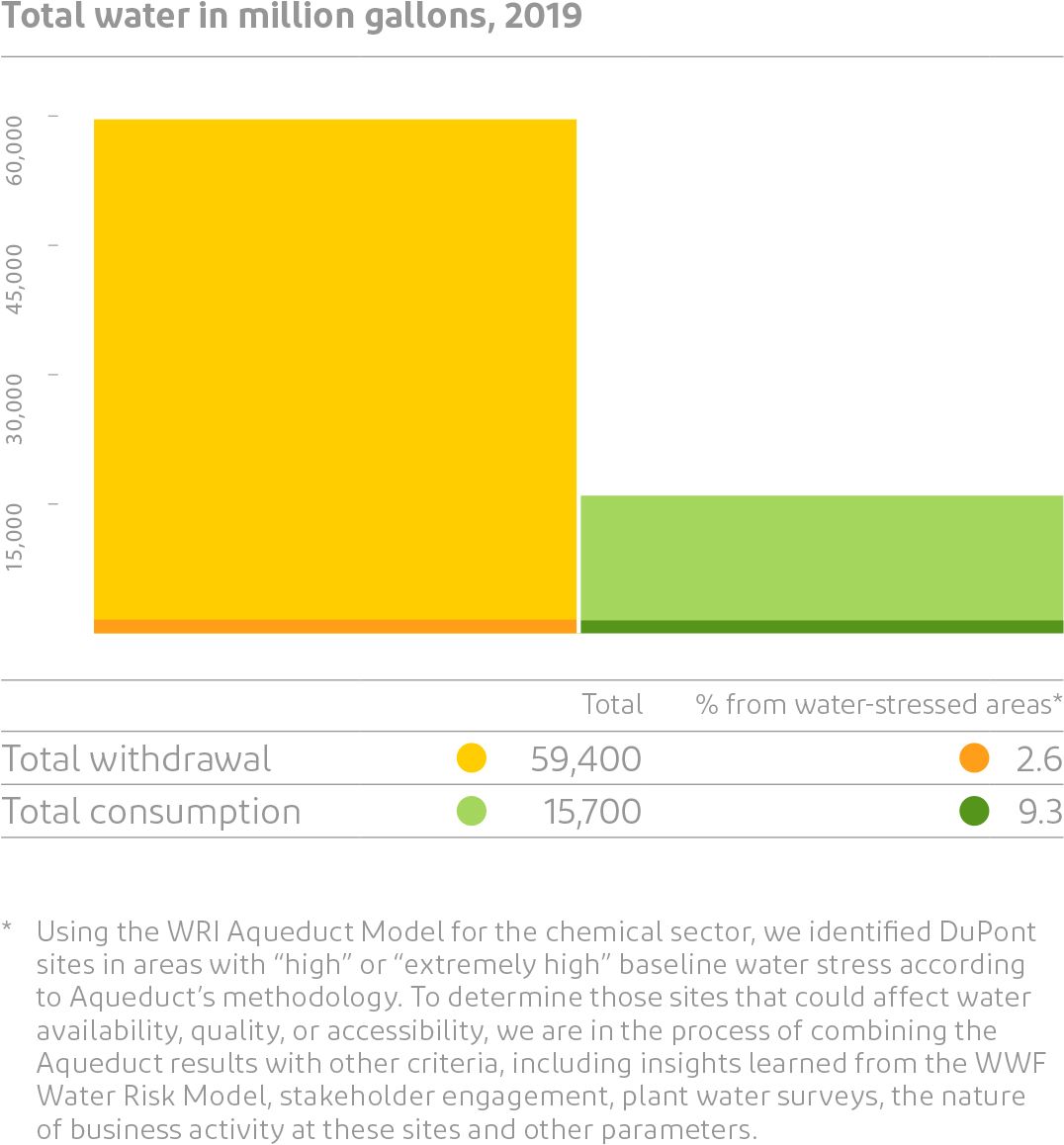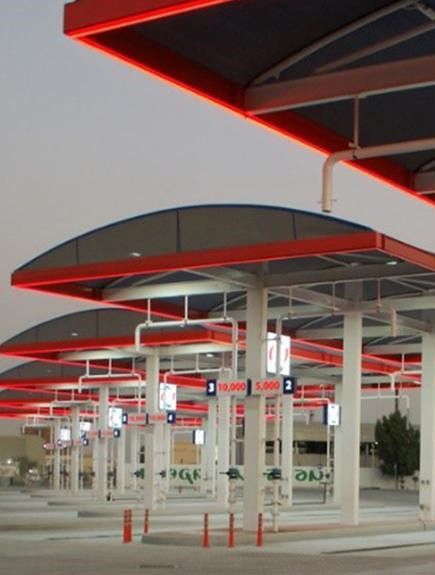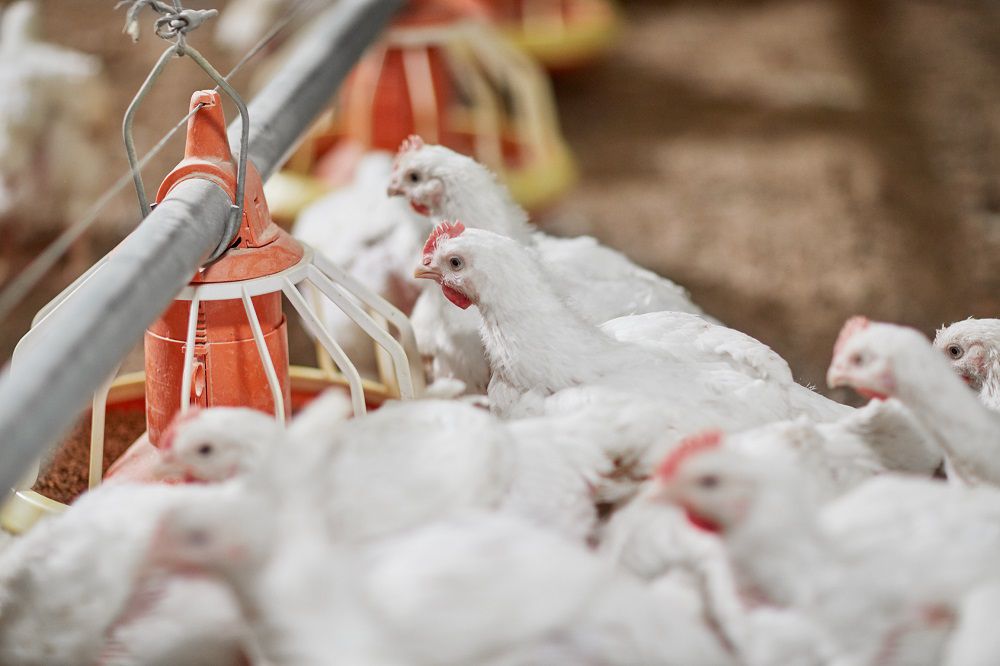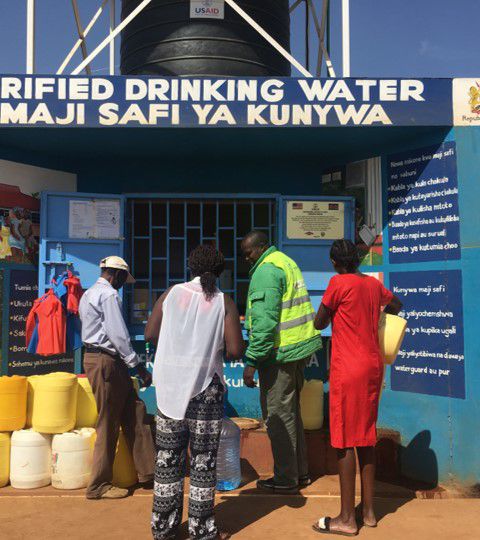Challenge: Water scarcity is expected to displace 700 million people worldwide by 2030. To manage the water needs of today while securing water for the future, new technologies and new forms of collaboration will be needed.
Goal: Implement holistic water strategies across all facilities, prioritizing manufacturing plants and communities in high-risk watersheds. Enable millions of people access to clean water through leadership in advancing water technology and enacting strategic partnerships.
Roadmap to 2030
To begin working on our ten-year ambition, we will first:
01
Develop an enterprise-wide Water Stewardship Strategy prioritizing sites in water-stressed regions
02
Explore collaborations and partnerships to protect watersheds and provide greater access to clean water
03
Leverage our leadership in water technologies to improve access to clean water
Water is essential to life on earth. That gives this simple molecule an outsize role in every aspect of sustainability. Already, one in three people in the world lack access to clean drinking water[1]. Over the next three decades, population growth will drive a 50–70% increase in water demand for the municipal and industrial sector, resulting in water stress in many of Earth’s watersheds.
We need new and better water technologies to protect the world’s natural processes; to increase the availability of clean water; and ultimately to improve human wellbeing, from equality to economic empowerment and education.
At DuPont, we’re taking action now to be part of the solution—by innovating to design water solutions that will help our customers maximize water usage, minimize discharges and protect water supplies, and by strategically improving water stewardship at DuPont’s own manufacturing plants and other sites.
DuPont water technologies process 25 million gallons of water every minute around the world
DuPont Water Solutions is a global leader in sustainable water purification and separation technology. Our experts provide state-of-the-art membrane science and ion exchange solutions that help make drinking water safer, cleaner and more abundant for homes and communities; help industries and markets operate more efficiently and sustainably; and make water-scarcity challenges more manageable, wherever they occur.
To further expand our capabilities in this area, we announced several strategic acquisitions in 2019, including: ultrafiltration and membrane businesses Memcor and Inge; closed-circuit reverse osmosis company Desalitech; and OxyMem, which develops and produces Membrane Aerated Biofilm Reactor (MABR) technology for treating and purifying municipal and industrial wastewater. With these additions to our portfolio and reach, DuPont is better positioned than ever to achieve our vision for a water-optimized world.
We withdraw and purchase water from various local sources and entities for the purposes of conducting business. Some of that water is treated and returned to a local waterbody, some is rendered in our manufacturing processes, or used for other purposes such as employee health and hygiene. In 2019, we began to examine our new global footprint to understand where and how DuPont de Nemours operations interact with local watersheds.
To better understand the water risks and impacts at our sites, we used the World Resources Institute (WRI) Aqueduct Water Risk Modeling Tool to identify operational locations facing “high” to “extremely high” baseline water stress currently or by 2030. To gain further insights, in 2020 we will use WWF’s Water Risk Tool to model water stress for all DuPont sites around the world. The WWF tool will help us assess water risks using an expanded set of parameters, such as reputation and regulatory risk, that may affect business continuity in the future.
To help ensure we meet our 2030 Sustainability Goals, we will implement the Alliance for Water Stewardship International Water Stewardship Standard (the AWS Standard) for sites where we’ve determined that there could be significant water risks. The AWS Standard framework helps companies and other major water users to understand their water use and impacts, and to work collaboratively and transparently for environmentally, socially and economically sustainable water management at the scale of a local catchment.
At DuPont, implementing the AWS Standard will support our efforts to:
- Understand water dependencies and impacts
- Mitigate operational and supply chain water risks
- Ensure responsible water procedures are in place at our sites
- Build relationships with local water-related stakeholders
- Address challenges shared with others in the catchment.

More Goals
Delivering Solutions for Global Challenges
Align 100% of our innovation portfolio to meaningfully advance the UN SDGs and create value for our customers
Delivering Solutions for Global Challenges
See Goal
Enabling a Circular Economy
Integrate circular economy principles into our business models considering lifecycle impacts in the markets we serve.
Enabling a Circular Economy
See Goal
Innovating Safer By Design
Design 100% of our products and processes using sustainability criteria including the principles of green chemistry.
Innovating Safer By Design
See Goal
Acting on Climate
Reduce greenhouse gas (GHGs) emissions 30%, including sourcing 60% of electricity from renewable energy by 2030, and deliver carbon neutral operations by 2050.
Acting on Climate
See Goal
World-Class Health and Safety
World-Class Health and Safety
See Goal
Accelerating Diversity, Equity and Inclusion
Become one of the world’s most inclusive companies, with diversity well ahead of industry benchmarks.
Accelerating Diversity, Equity and Inclusion
See Goal
Cultivating Well-Being and Fulfillment
Create a workplace where employees report high levels of well-being and fulfillment.
Cultivating Well-Being and Fulfillment
See Goal
Building Thriving Communities
Improve over 100 million lives through targeted social impact programs.








